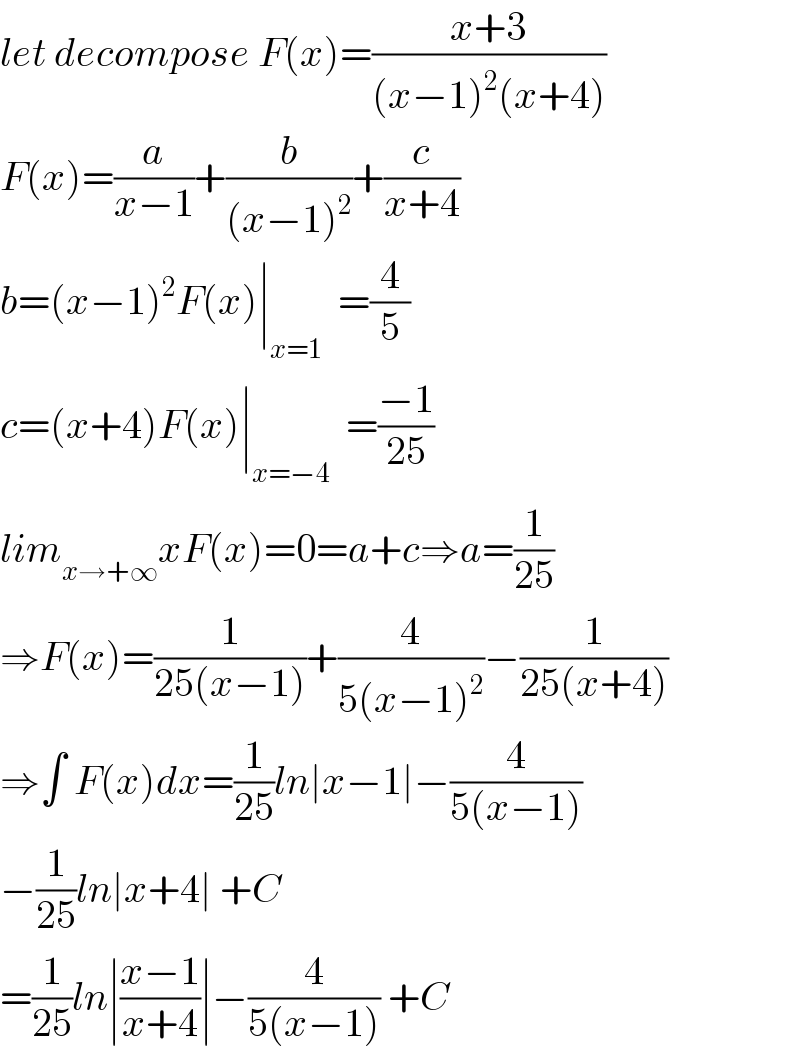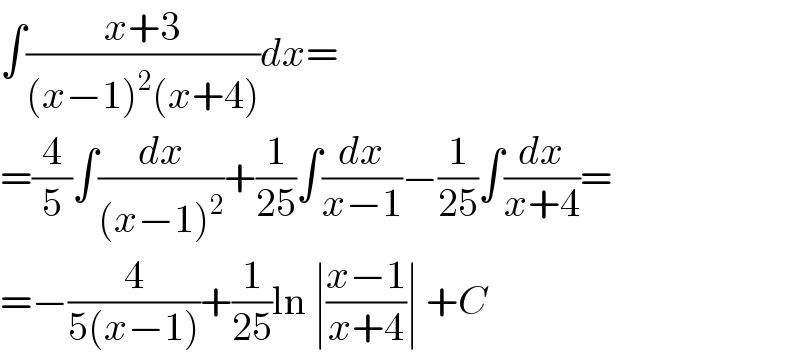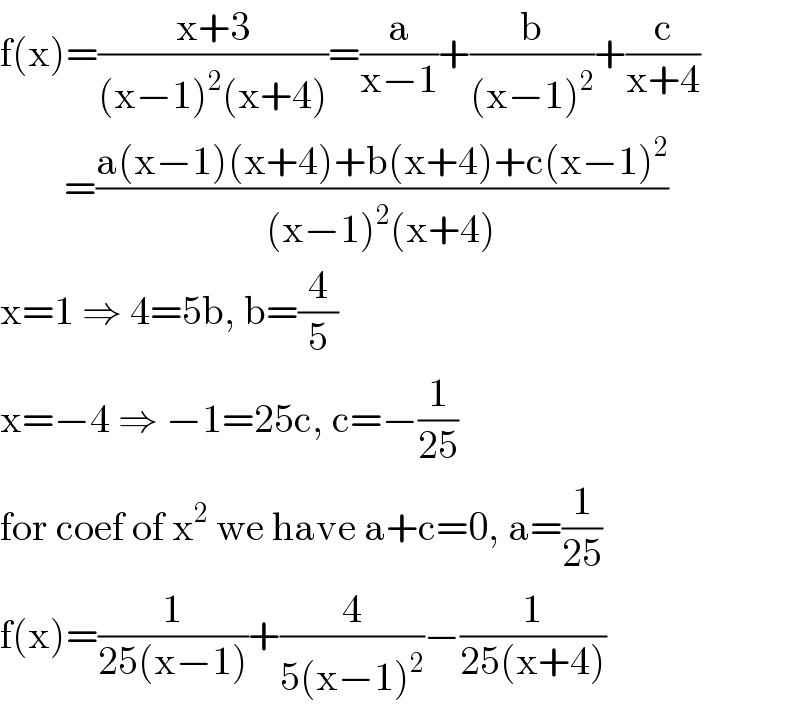
Question and Answers Forum
Question Number 124406 by joki last updated on 03/Dec/20

Answered by Bird last updated on 03/Dec/20

Answered by MJS_new last updated on 03/Dec/20

Commented by joki last updated on 03/Dec/20

Commented by MJS_new last updated on 03/Dec/20

Commented by Ar Brandon last updated on 03/Dec/20
��
Commented by Ar Brandon last updated on 03/Dec/20

